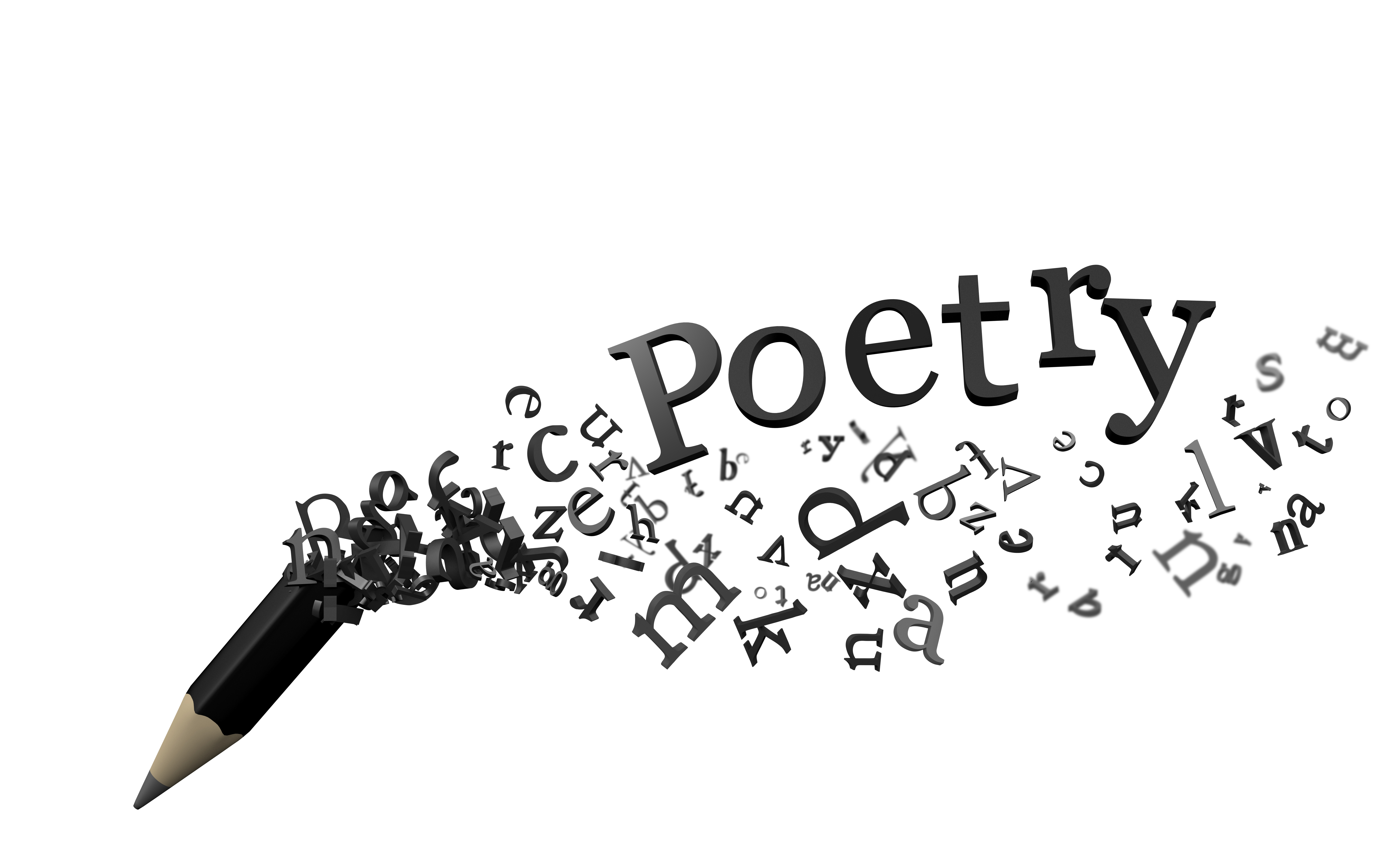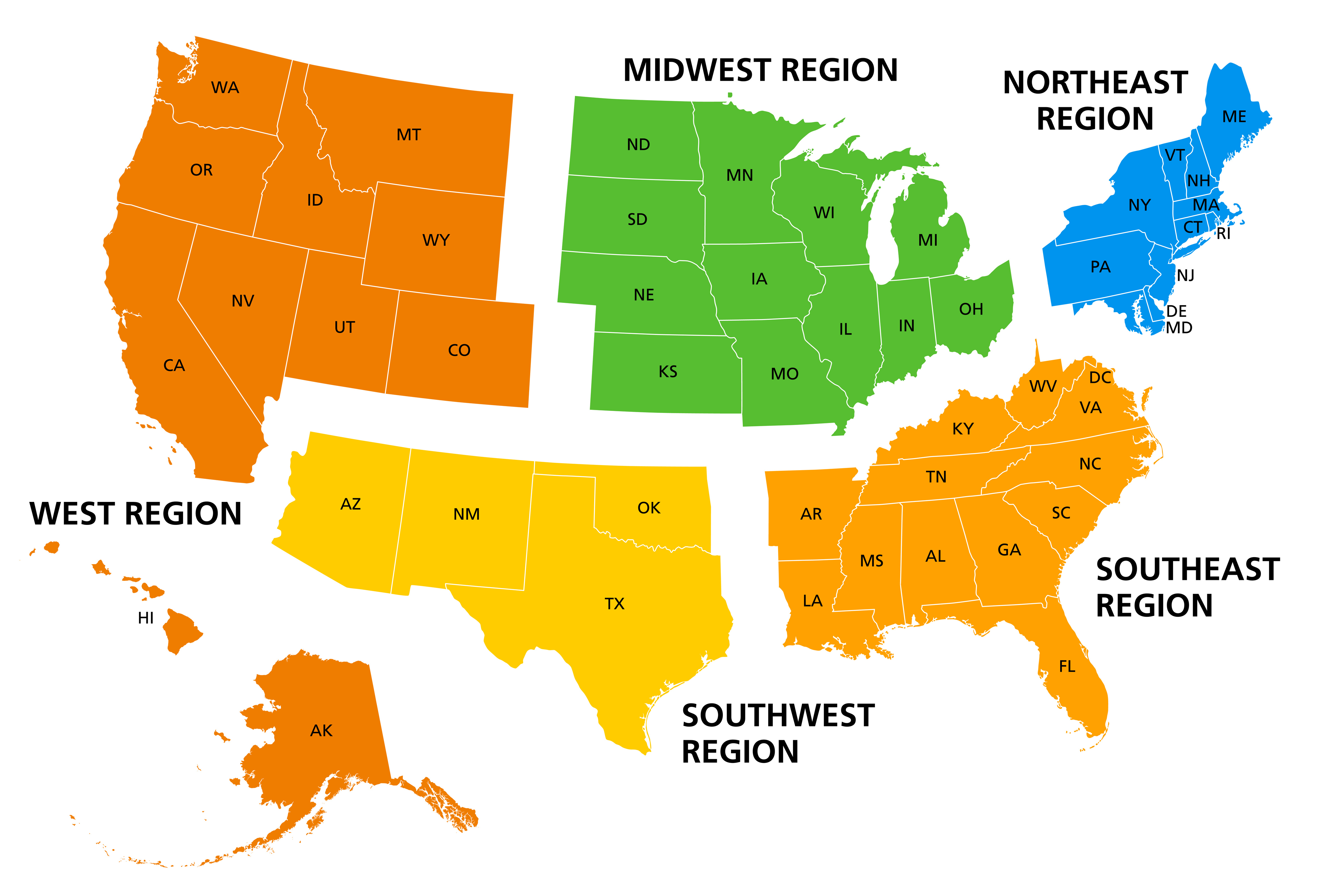Gwawdodyn Hir Content Marketing
 In Writer’s Digest, I was introduced to Robert Lee Brewer, who created a series called Poetic Form Fridays, sharing, each week, an example of a different kind of poem. The Gwawdodyn Hir, for example is a six-line Welsh poetic form characterized by five things:
In Writer’s Digest, I was introduced to Robert Lee Brewer, who created a series called Poetic Form Fridays, sharing, each week, an example of a different kind of poem. The Gwawdodyn Hir, for example is a six-line Welsh poetic form characterized by five things:
- Each poem is a sestet (it has six lines)
- There are nine syllables in the first four lines
- There are ten syllables in the final two lines
- Lines one, two, three, four, and six end rhyme
- The end of line five rhymes with a syllable in line six
Brewer advises writers to try different formats for their own writing, setting the example by writing his very own Gwawdodyn Hir love poem called Languish:
Move the blood around your beating heart
and provide our love a chance to start
as if you’re the horse and I’m the cart
or lost explorer without a chart
to know the universe or words to say
through these silent days when we’re both apart.
As a marketing content creator, what I found so fascinating about this article and about Brewer’s original poem is that, staying within such almost over-restrictive Gwawdodyn Hir guidelines, the man was able to create a highly original piece of content, expressing a message of his own choosing.
In creating blog posts or articles, working off a “grid” can help writers organize their thoughts while still creating unique content:
“Consider the following steps and tips to write an article,” ExcelTMP suggests.
- Choose a topic
- State your point of view on that topic
- Write the title.
- Each section of the article should:
Describe what the section is about and why it matters. Give detailed research or examples Provide a “takeaway” thought for the audience
HubSpot offers its own grid:
- Why the topic matters: Explain the importance of the concept or task.
- Who it applies to: Identify the audience, industry, or sector that will benefit from the post.
- What to expect: Summarize what the post will cover (e.g., “In this post, we’ll explain why [term] is essential, outline how to [task], and provide practical tips to get started”).To stand out from the crowd, try incorporating your own expertise or examples as it relates to the term.
It’s interesting that, just one year ago, in this Say It For You blog, I quoted another Writer’s Digest author, Mariah Richards, who said, “There are no original stories, but there are always original ways to tell old stories,”
In the field of content marketing, one concern I hear a lot from business owners or professional practitioners is that sooner or later, they (and we, their writers) will have depleted the supply of new and different ideas to write about. It’s true that, by its very nature, periodic messaging will involve repetition, with the variety coming from the “e.g.”s and the “i.e.”s, meaning all the details you fill in around the central “leitmotifs”.
Just as Robert Lee Brewer was able to be creative with the restrictive Gwawdodyn Hir guidelines, in our mission as creators of marketing content for our clients, we can create highly original pieces of content to convey our clients’ marketing messages to each of their targeted audiences.





Follow us online!